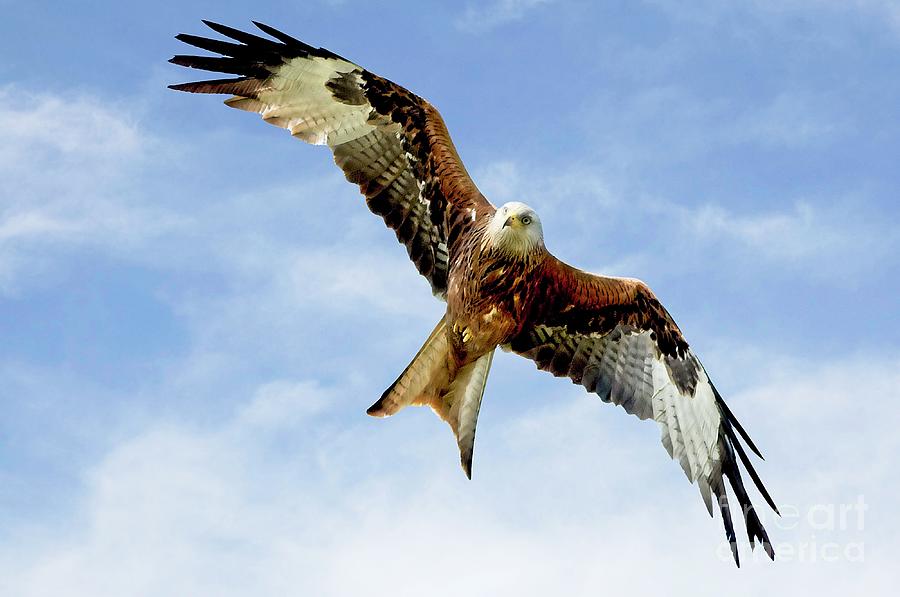

Several species are as graceful as terns. Kites are buoyant in flight, slowly flapping and gliding with wings angled back. Some kites live on insects others are primarily scavengers but also eat rodents and reptiles and a few are strictly snaileaters. Typically, a kite is lightly built, with a small head, partly bare face, short beak, and long narrow wings and tail. Kite, any of numerous birds of prey belonging to one of three subfamilies (Milvinae, Elaninae, Perninae) of the family Accipitridae. SpaceNext50 Britannica presents SpaceNext50, From the race to the Moon to space stewardship, we explore a wide range of subjects that feed our curiosity about space!.Learn about the major environmental problems facing our planet and what can be done about them! Saving Earth Britannica Presents Earth’s To-Do List for the 21st Century.Britannica Beyond We’ve created a new place where questions are at the center of learning.100 Women Britannica celebrates the centennial of the Nineteenth Amendment, highlighting suffragists and history-making politicians.
BIRD RED KITE HOW TO
COVID-19 Portal While this global health crisis continues to evolve, it can be useful to look to past pandemics to better understand how to respond today.Student Portal Britannica is the ultimate student resource for key school subjects like history, government, literature, and more.This Time in History In these videos, find out what happened this month (or any month!) in history.#WTFact Videos In #WTFact Britannica shares some of the most bizarre facts we can find.Demystified Videos In Demystified, Britannica has all the answers to your burning questions.Britannica Explains In these videos, Britannica explains a variety of topics and answers frequently asked questions.

Britannica Classics Check out these retro videos from Encyclopedia Britannica’s archives.Welsh: Barcud coch, Barcut, Barcutan, Boda gwennolĭanish: Rød Glente, Rød Glente (milvus), Rød Glente (ssp. milvus)Ĭzech: Lunák cervený, Luňák červený, luňák červený (ssp. Working Group Avian Checklists, version 0.02: Working Group Avian Checklists, version 0.01: Sibley and Monroe, Birds of the World Version 2.0: Peters' Check-list of the Birds (2nd edition): Peters' Check-list of the Birds (original): Handbook of the Birds of the World and Birdlife (Dec 2018):

Handbook of the Birds of the World and Birdlife (Dec 2017): Handbook of the Birds of the World Alive (): Handbook of the Birds of the World (vol 1-16): Howard and Moore 3rd edition (as published): 2013 revisions):Ĭlements 6th edition (version 6.9 incl. 2012 revisions):Ĭlements 6th edition (version 6.8 incl. 2011 revisions):Ĭlements 6th edition (version 6.7 incl. 2010 revisions):Ĭlements 6th edition (version 6.6 incl. 2009 revisions):Ĭlements 6th edition (version 6.5 incl. 2008 revisions):Ĭlements 6th edition (incl. 2007 revisions):Ĭlements 6th edition (incl. 2005 revisions):Ĭlements 6th edition (incl. 2004 revisions):Ĭlements 5th edition (incl. 2003 revisions):Ĭlements 5th edition (incl. 2002 revisions):Ĭlements 5th edition (incl. 2001 revisions):Ĭlements 5th edition (incl. 2000 revisions):Ĭlements 5th edition (incl. HBW and BirdLife Taxonomic Checklist v6 (Dec 2021):īritish Ornithologists' Union Checklist (7th edition):Ĭlements 5th edition (incl. HBW and BirdLife Taxonomic Checklist v5 (Dec 2020): 07 (Feb 2020):Īvibase taxonomic concepts v. 06 (Feb 2018):Īvibase taxonomic concepts v. 05 (Jan 2017):Īvibase taxonomic concepts v. 04 (Aug 2016):Īvibase taxonomic concepts v. 03 (March 2015):Īvibase taxonomic concepts v. 02 (May 2014):Īvibase taxonomic concepts v. 01 (August 2013):Īvibase taxonomic concepts v. Authorities recognizing this taxonomic concept: Avibase taxonomic concepts (current):Īvibase taxonomic concepts v.


 0 kommentar(er)
0 kommentar(er)
